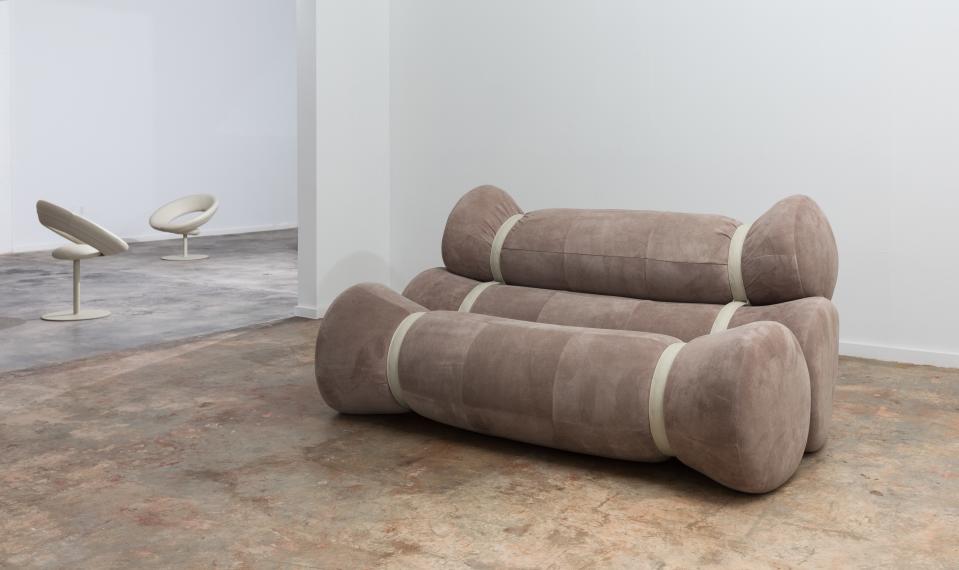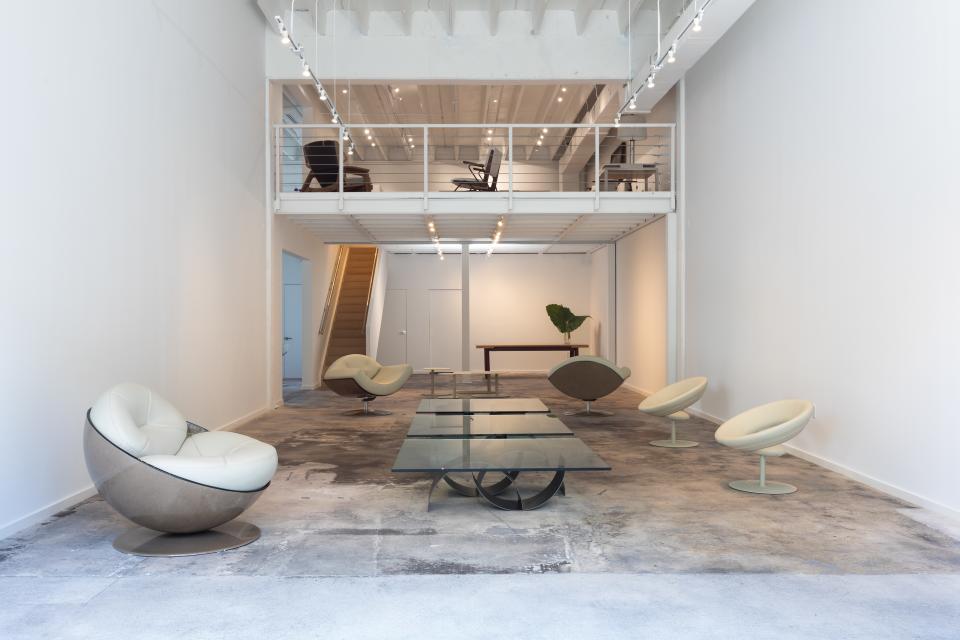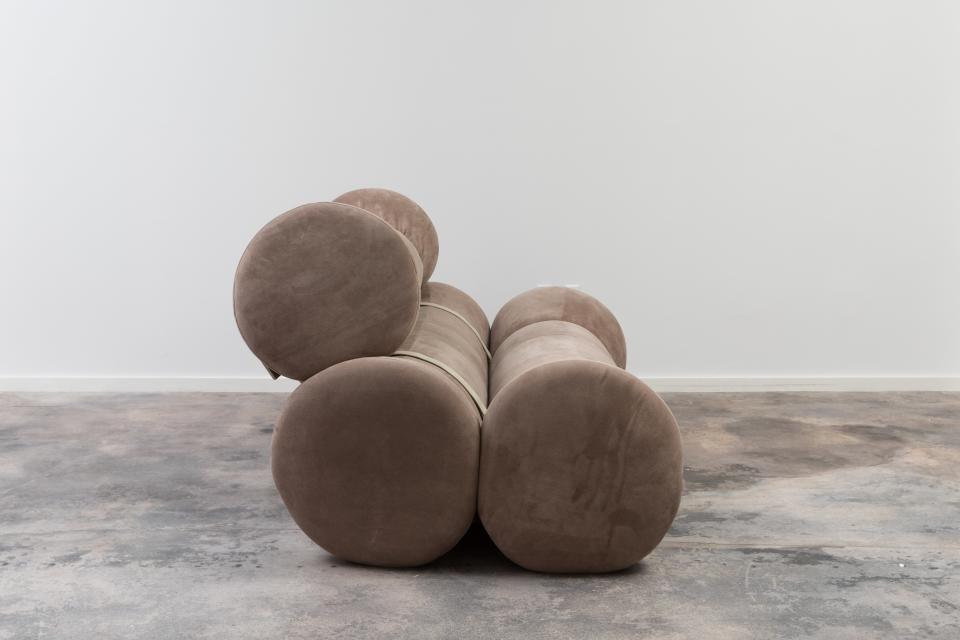Espasso Celebrates 50 Years of Atelier Ricardo Fasanello with First Solo Show at Its Miami Space
"My father was always experimenting," says Andrea Fasanello. "We were always playing." She recalls once when she was a child, when Ricardo Fasanello was prototyping what would eventually become one of his best-known pieces, the Fardos sofa: "He wasn’t sure what to put in it as filling and he was trying all these different things. At one point, a lorry full of plastic balls arrived." She laughs: "We just had balls everywhere in our living room. As a child, it was magic."
The results of this experimentation—or magic—are now on view at Espasso's Miami location, in the gallery's first-ever solo show. Andrea and her brother, Ricardo Jr., were on hand this Miami Art Week to launch the exhibition, which is a testament to Espasso owner Carlos Junqueira's longtime relationship with the late designer (and his continued relationship with Fasanello's widow—who, unfortunately, couldn't make it from Brazil for the opening—and their two children).

The show, which takes over the ground floor of Espasso's space, half of which Junqueira owned for several years before recently purchasing the adjacent property and linking the two, opens timed with the 50th anniversary of Atelier Ricardo Fasanello. It presents both a selection of the designer's best-known works and a series of reintroductions in a new fiberglass finish called "sand." ("What better place than Miami to launch a collection called sand," quips Junqueira.)
When I stop by the morning before the opening, I'm regaled with tales of Andrea and Ricardo Jr.'s childhoods surrounded by their father's work, stories which offer insight into the designer's stylistic decisions.
"My father was a big conversador," Andrea explains of his tendency towards swivels in his chair designs. "He loved to talk and was a very interesting man, so people came to his atelier to talk to him. The whole idea of the swivel was so that he could move around and talk to people."

The concept of roundness is a recurring one in Fasanello's work—thanks, his son reminds me, to an early career goal. "His whole life he wanted to be a car designer," Ricardo Jr. says. "It’s all about roundness because of this dream to design cars." (Fasanello would eventually go on to design several small race cars.)
Through this fascination, he developed enticingly curvaceous furniture, which at once supports and complements the human form. "My father made chairs that you look good in," Andrea says as she slides into one. "No one looks bad in his designs."
Furthermore, says Ricardo Jr., silhouettes like the Anel dining chair—like all the best modern icons—reframed the very framework of furniture design. "Anel changed our whole definition of a chair," says the younger Fasanello. "What we thought of as a chair before the '60s was four feet, a straight back. You saw some difference with the modernist armchairs, but for a dining chair, this was like nothing anyone had ever seen." Even the rectangle-shaped Arcos table incorporates that round shape, using, in lieu of a traditional base, fragmented pieces of circular steel.

In part due to the automotive influence, Fasanello differed from many of the world's best-known Brazilian designers in one major way: He never used wood, eschewing the natural material for elegant forms rendered in fiberglass and metal. This decision, 50 years later, leaves the door open for updates to the bases of his furniture (though, Junqueira notes, Fasanello's family is extraordinarily selective in the changes they will allow). In Miami, Espasso presents the Esfera lounge chair, Gaivota lounge chair, and Anel dining chair in "sand," a textured, beige finish that lends a bit of an organic feel to silhouettes which still manage, even at some 50 years old, to feel nearly futuristic.
"I want people who don't know him to come in and really be amazed," Junqueira says of his decision to cede the entire downstairs space to Fasanello. In the second-floor loft, he's arranged a selection of the other artists he represents. "Not using wood makes Ricardo quite different, but when you see these pieces, you understand how the curves and the leather—all the details—how they relate. When you walk upstairs, you see the whole story of Brazilian design."
More from AD PRO: Has Instagram Made Design Shows Better?
Sign up for the AD PRO newsletter for all the design news you need to know

